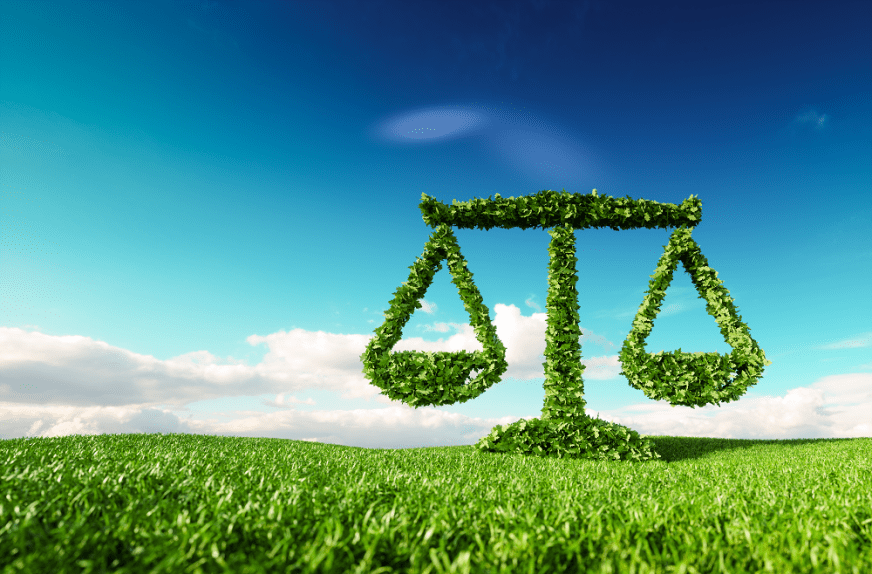
The capacity-building event on Liability for environmental damage: From policy design to application took place virtually on 14-15 September 2022 through Zoom platform.
Meeting objectives, expected outputs and outcomes
The purpose of the meeting was to build capacity of regulators in Eastern Partner economies to develop and apply environmental liability legislation. It focused on presenting the main components of the ELD, challenges and lessons learnt with its design and application in the EU Member States and in the Eastern Partner countries, and the development of financial security instruments.
Participants
Participants included representatives from environmental regulatory authorities and inspectorates of Eastern Partner and OECD countries, including IMPEL Members, and representatives of the OECD Secretariat. The meeting was organised under the EU4Environment Programme. It falls under component 3.2 on Environmental Compliance Assurance and Liability Regimes, which seeks to strengthen environmental compliance assurance and enforcement systems and instruments in Eastern Partner countries at national and regional levels.
Background
Polluters’ liability for environmental damage they cause is a crucial component of the polluter pays principle. The European Union’s 2007 Environmental Liability Directive (ELD) establishes financial responsibility of operators for environmental damage to biodiversity, land and water. An important component of the Directive is the obligation of operators to restore the damaged environment to its baseline condition and to bear the costs of remediation. In addition, the ELD requires Member States to encourage the development of financial security instruments and markets.
The focus of environmental liability legislation in the Eastern Partner countries has traditionally been on collecting monetary payments rather than prevention and remediation of environmental damage. The region moreover lacks a legal framework for financial security mechanisms. Association Agreements with the European Union have been promoting the transposition of the ELD in many countries of the region. For example, Georgia adopted an Environmental Liability Law in 2021.
Presentation slides
14 September 2022
The main features of the ELD and insights from the ongoing evaluation of its application (Olga Kurpisz, European Commission)
Lessons learnt in approximating the ELD and other EU legislation (Elena Stefanoni, Vienna Program Office Secretariat of the Carpathian Convention)
Law of Georgia on environmental liability (Giorgi Mchedlishvili, LEPL National Environmental Agency, Georgia)
Updating environmental liability and damage assessment provisions in Moldova (Ilona Panurco, NGO EcoContact)
Overcoming challenges in applying and enforcing the ELD in EU countries (Valerie Fogleman, Stevens & Bolton LLP, Cardiff University School of Law and Politics)
Role of inspectors and overcoming challenges in applying liability legislation, case study of Croatia (Miljenka Kliček, State Inspectorate, Croatia)
Applying environmental liability legislation to land damage (Dietmar Müller-Grabherr, Common Forum on Contaminated Land in Europe, the International Committee on Contaminated Land)
15 September 2022
Financial provision tools for protecting the environment and the public purse (Kim Bradley, Scottish Environment Protection Agency)
Assessment of Environmental Damage to Land (Marco Falconi, Italian Institute for Environmental Protection and Research)
ELD practice in Belgium (Farah Bouquelle, EU Forum of Judges for the Environment, Belgium)
Criteria for the Assessment of the Environmental Damage (CAED) (Francesco Andreotti, Italian Institute for Environmental Protection and Research)
Operative Headquarters acting on the basis of the State Environmental Inspectorate of Ukraine (Andrii Moroz, Parliament Committee on Environmental Policy and Nature Management)





